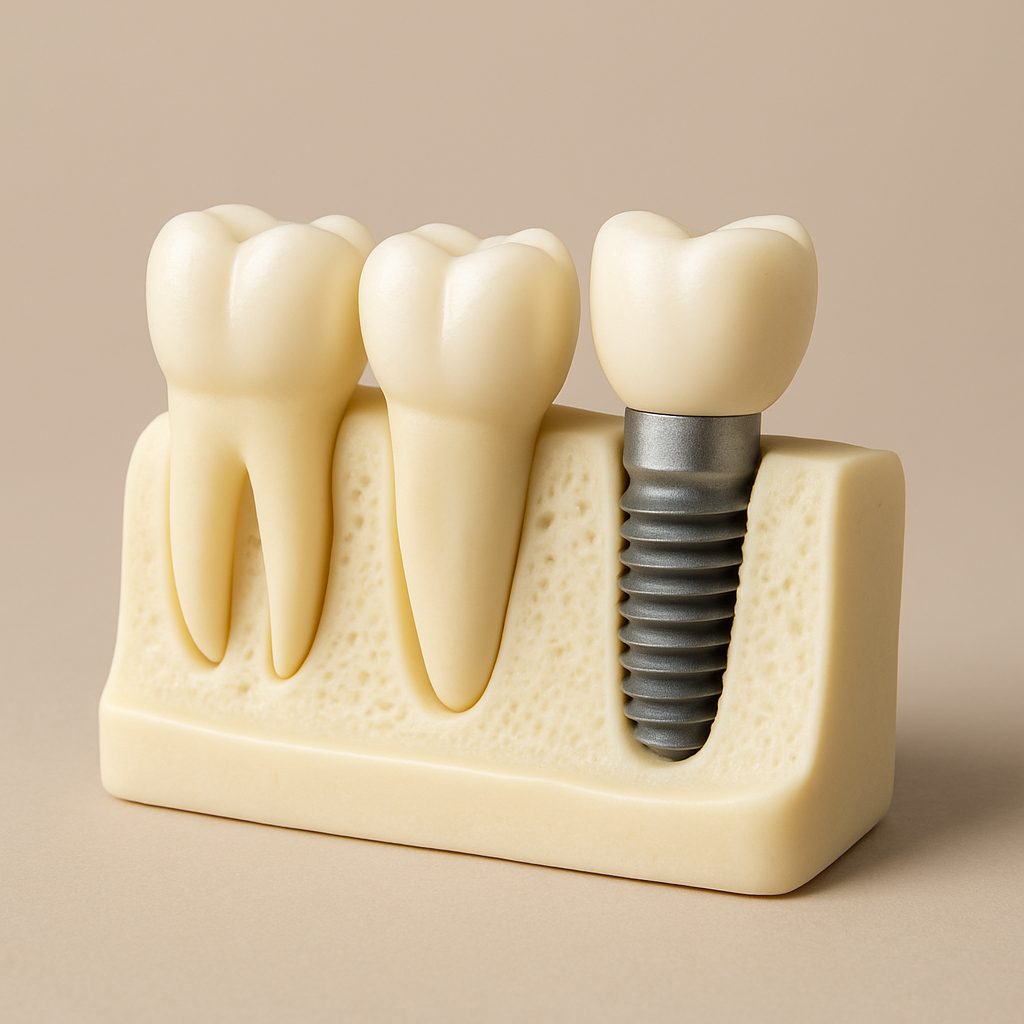Dental implant oral surgery is a common way to replace one or more missing teeth with a permanent, natural-feeling solution. It involves placing a small titanium post into your jaw to act as an anchor, then attaching a crown or prosthetic once the area heals. This post explains what the procedure is, who is a good candidate, how the process works, risks and benefits, costs, and how to decide if it’s right for you.
What is dental implant oral surgery?
Dental implants place a metal implant into the jawbone to replace a tooth root. Over time the bone fuses to the implant (osseointegration). After healing, an abutment connects the implant to a final crown, bridge, or denture. The goal is a stable, long-lasting tooth replacement that looks and functions like a natural tooth. Oral surgeons or implant-trained dentists typically perform the surgery.
Who is a good candidate for dental implant oral surgery?
Oral health and bone levels
You need healthy gums and enough jawbone to support an implant. If bone is thin or missing, a bone graft can rebuild the area so an implant will be stable. A dentist will check X-rays and scans to measure bone and gum health.
Medical conditions and medications
Certain medical issues affect healing, such as poorly controlled diabetes, immune disorders, or medications that change bone health. Smoking also reduces success rates. Always share your full medical history so your surgeon can assess risk and coordinate care.
Age and lifestyle
Adults of most ages can get implants if their jaw bone has finished growing. Good oral hygiene, regular dental visits, and a willingness to follow post-op instructions matter more than age. Smoking and heavy alcohol use can reduce implant success.
The dental implant oral surgery process — step by step
Consultation and planning
The first visit includes exams, X-rays or 3D scans, and a treatment plan. Your surgeon will discuss single implants, multiple implants, or full-arch options like All-on-4 and explain timelines and costs.
Surgery and placement
During surgery, the implant is placed into the jaw under local anesthesia, sedation, or general anesthesia depending on complexity and patient preference. The procedure often takes 30–90 minutes per implant. Sutures may be used and you’ll get post-op care instructions.
Healing and restoration
Healing (osseointegration) usually takes 3–6 months. Temporary teeth can be used while you heal. Once integrated, the abutment and final crown or denture are attached, completing the restoration.
Risks, benefits, and recovery
Key benefits
Implants offer long-term durability, better chewing function, prevention of bone loss, and a natural appearance. They don’t rely on neighboring teeth like bridges do.
Possible risks and complications
Risks include infection, nerve irritation, sinus problems (for upper implants), and implant failure. These are not common but you should know warning signs like severe pain, numbness, or persistent swelling.
Typical recovery expectations
Expect swelling and mild to moderate discomfort for a few days. Pain meds and cold packs help. Soft foods for a week or two and follow-up visits are standard. Most people return to normal activities within a few days.
Cost, insurance, and financing basics
Costs vary by number of implants, need for bone grafts or extractions, quality of restorations, and provider experience. Insurance may cover parts of the process but often not all. Many practices offer financing or payment plans to spread costs.
How to decide if dental implant oral surgery is right for you
Consider your oral health, medical history, budget, and lifestyle goals. Ask about success rates, alternatives, recovery time, and total costs. A consultation with an implant-trained surgeon will give you personalized answers.
Next steps and light practice info
If you’re ready to learn more, schedule a consult to review imaging and get a tailored plan for dental implant oral surgery. Contact our office to book an evaluation and discuss options, timelines, and financing.






